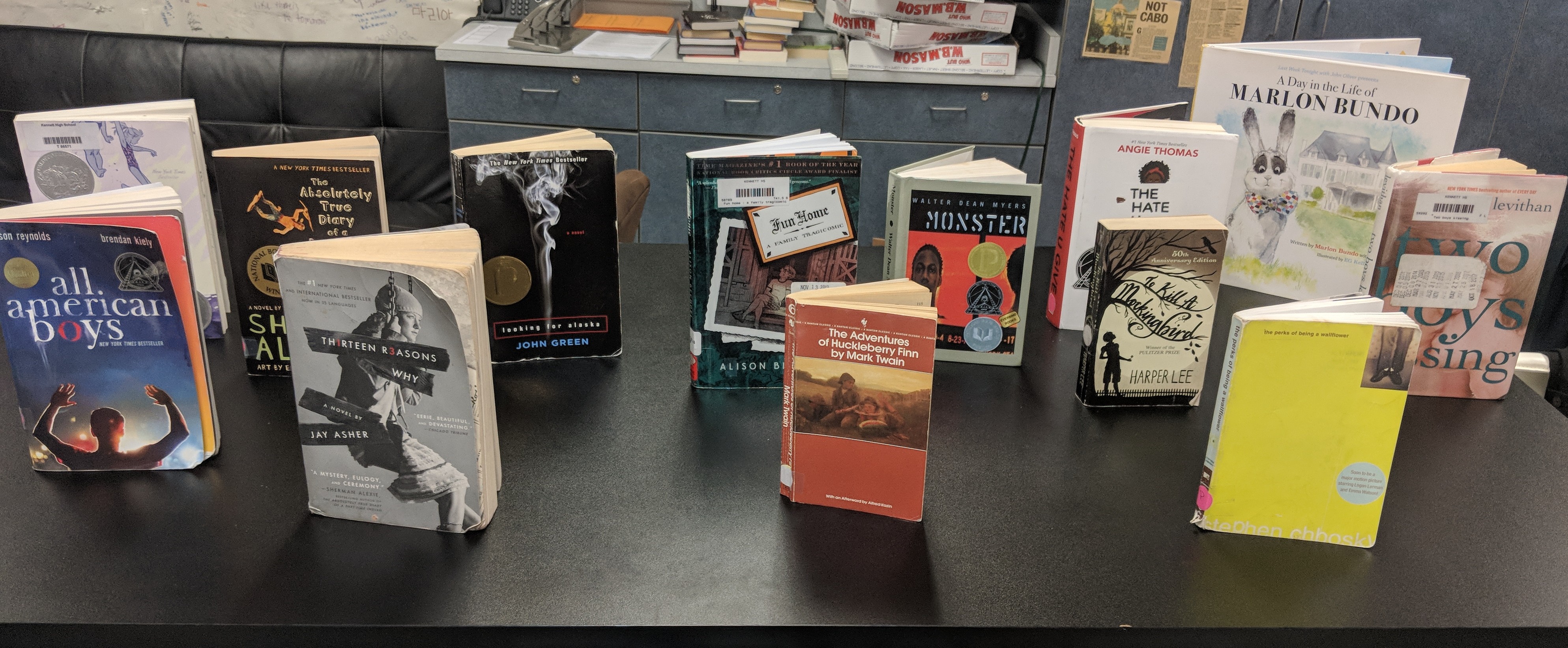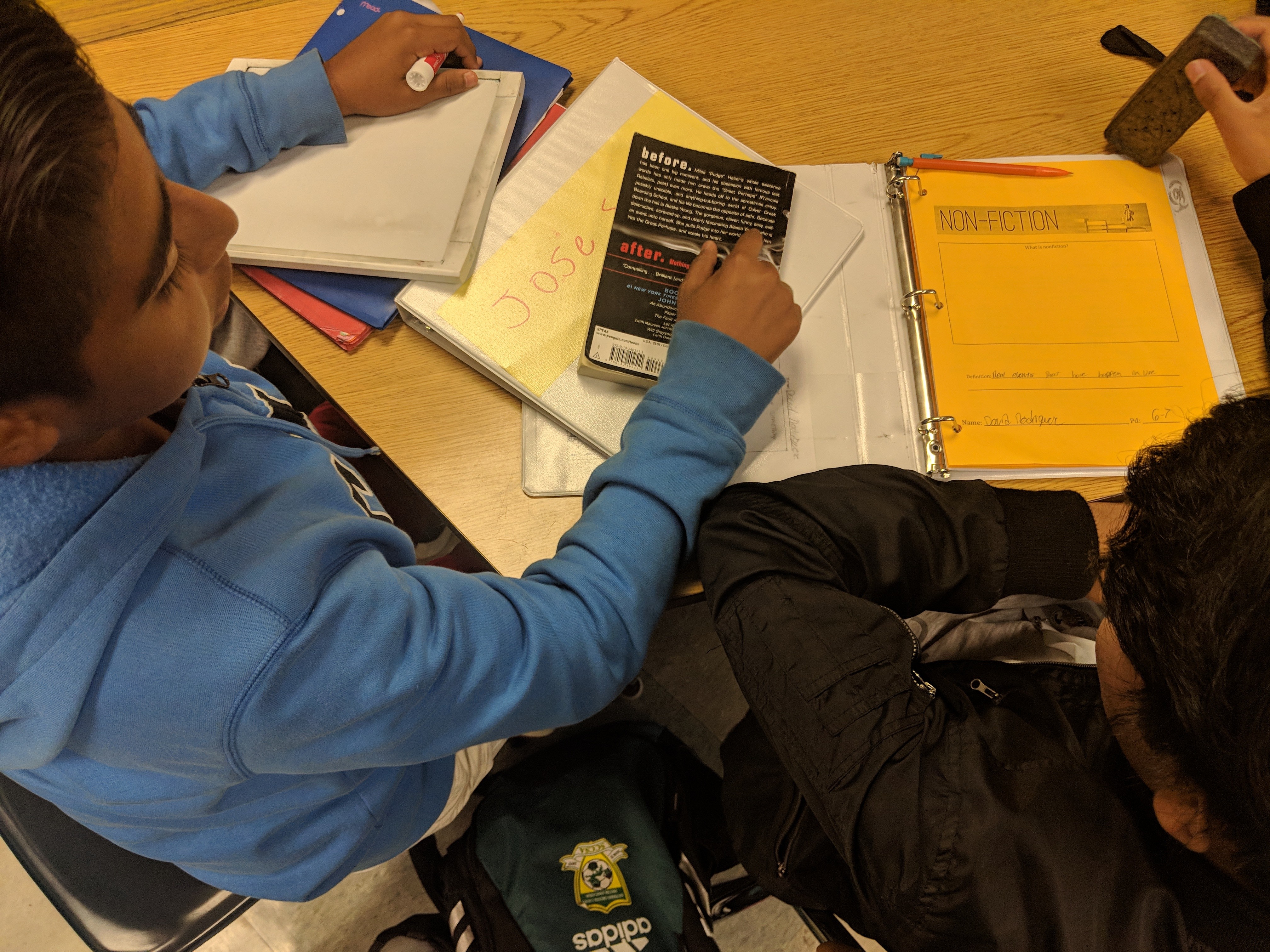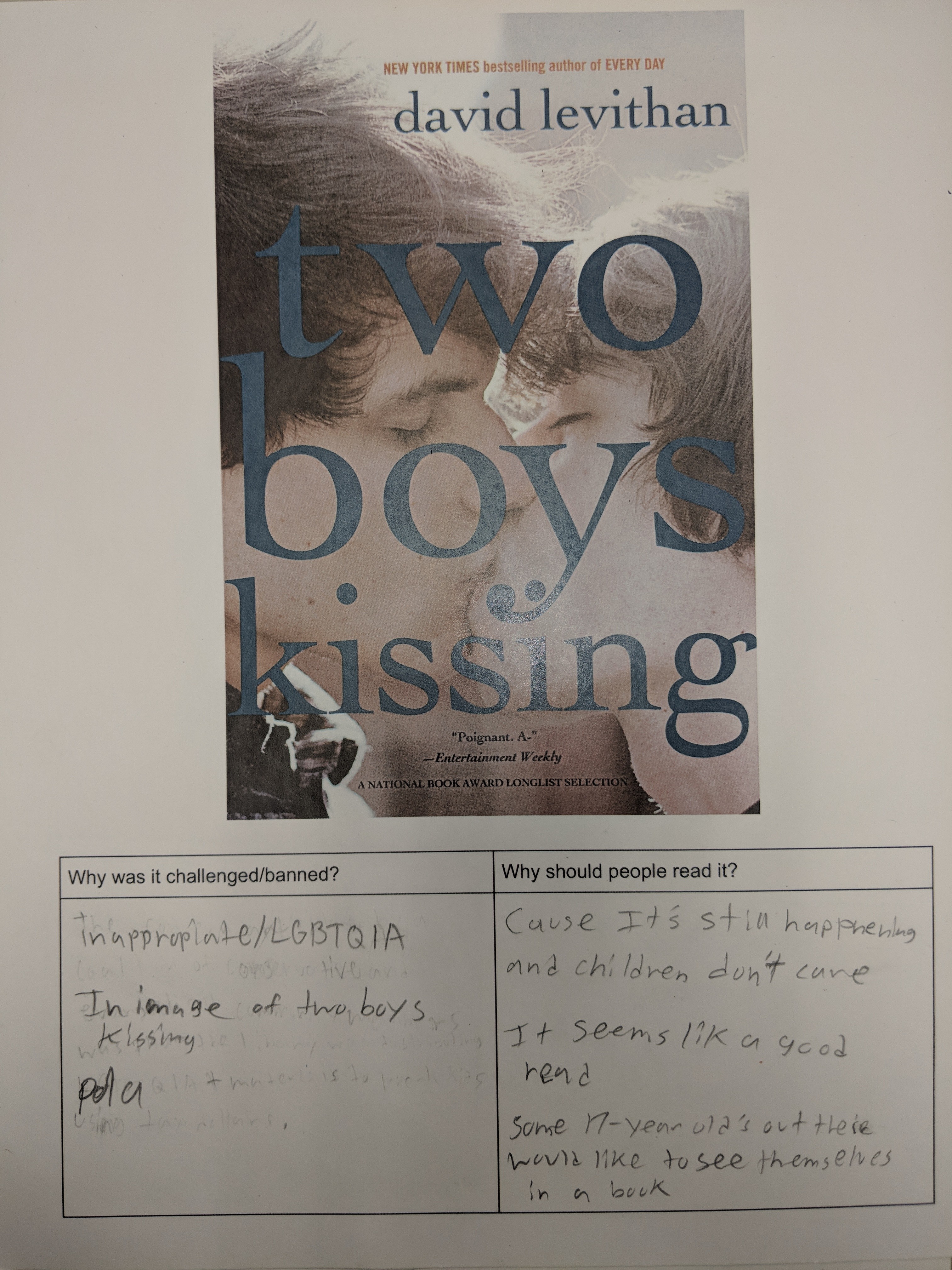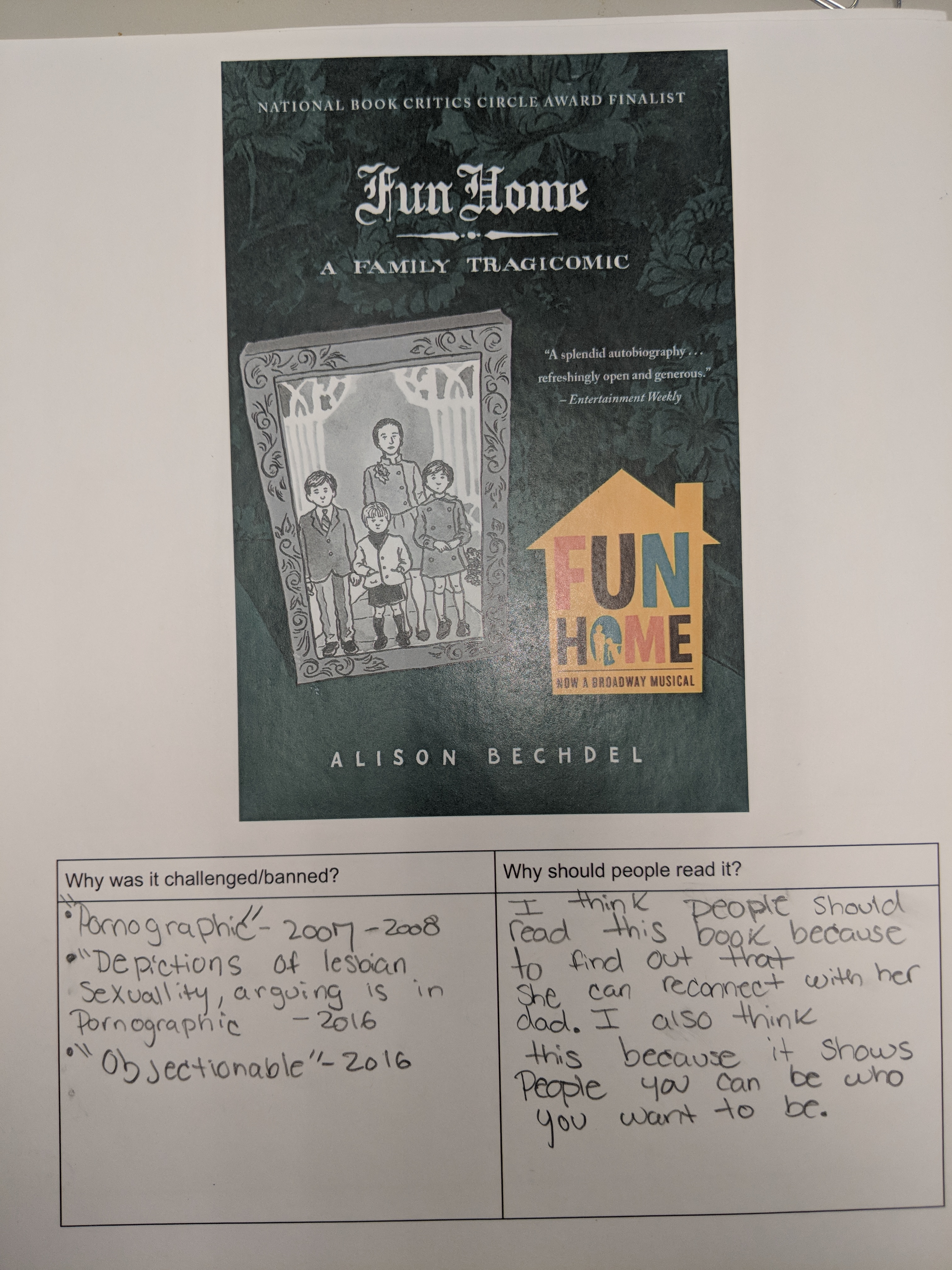September Snapshot: Building Community Expectations
The start of the school year is always filled with community building and “getting to know you” activities. They are critical to establishing a rapport among students and teachers and are a great way to ease into the new year. Along with the fun and games, many classrooms also want to start with routines and procedures- including those very important classroom rules! While it is very easy to make a list of rules and expectations or purchase a ready-made poster with classroom rules and hang it on the wall before the students arrive on the first day, consider the impact of allowing students to create those rules together.
To think about the way we wanted our second grade classroom to function, my students and I began by reading a lot of books. 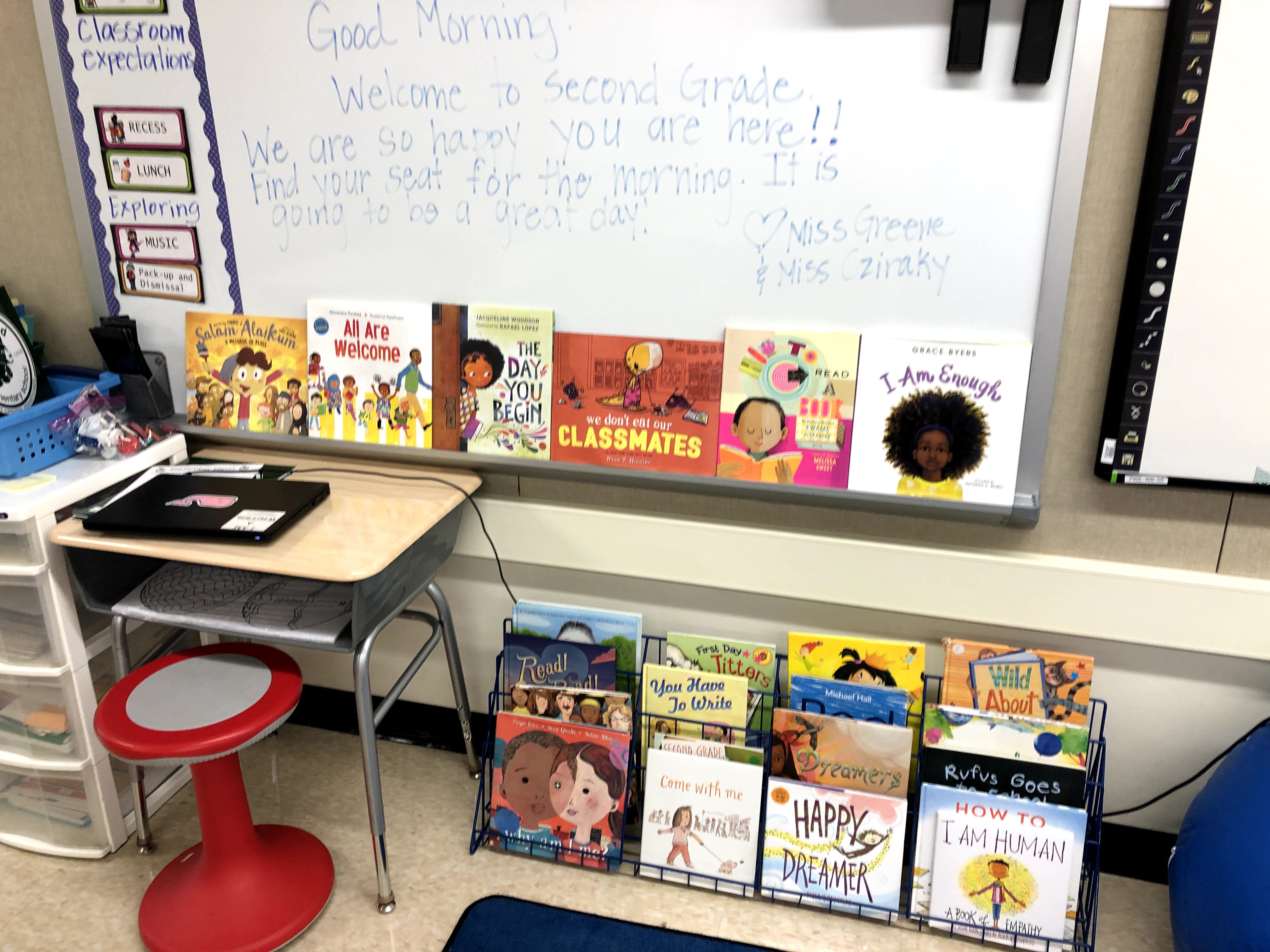
The titles shown address our differences as people, the desire to create a welcome environment, and some silly stories about the beginning of the school year and the chaos that could ensue if everyone just did whatever they want. These stories invited a lot of conversation about what it means to be a part of a classroom community and how to craft our beliefs so that we can be safe, happy, and successful throughout our day. Instead of creating an endless list of rules that begin with “No ______” we thought about what we believe and how to demonstrate those beliefs.
This is what we ultimately decided:
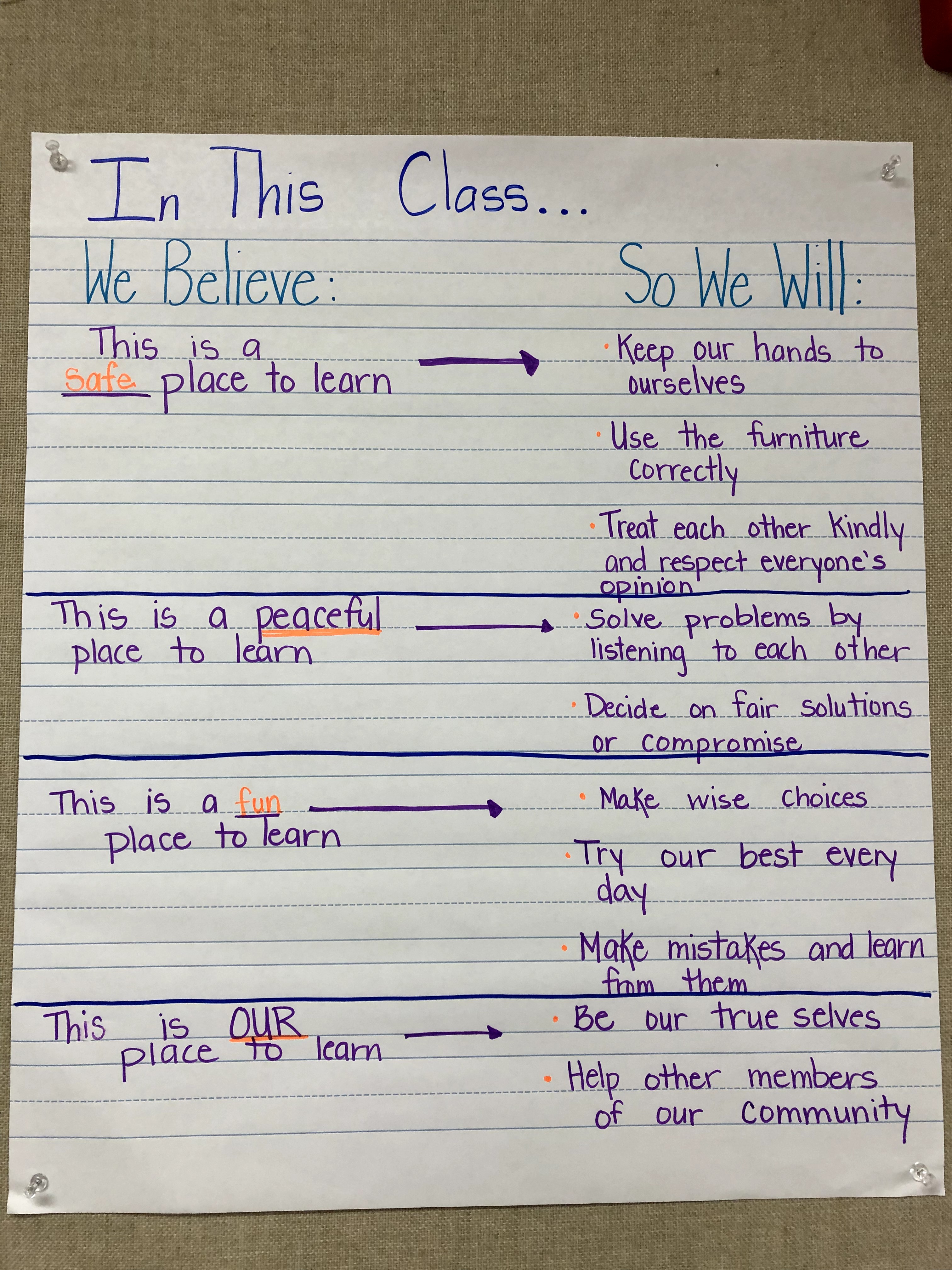
This has become our class creed- and we review it every morning and refer to it if there is a defugalty during the day. Because the students had a hand in creating the document, it is more meaningful to them and they are invested in making our community a nice place to live for the next 180 days.
